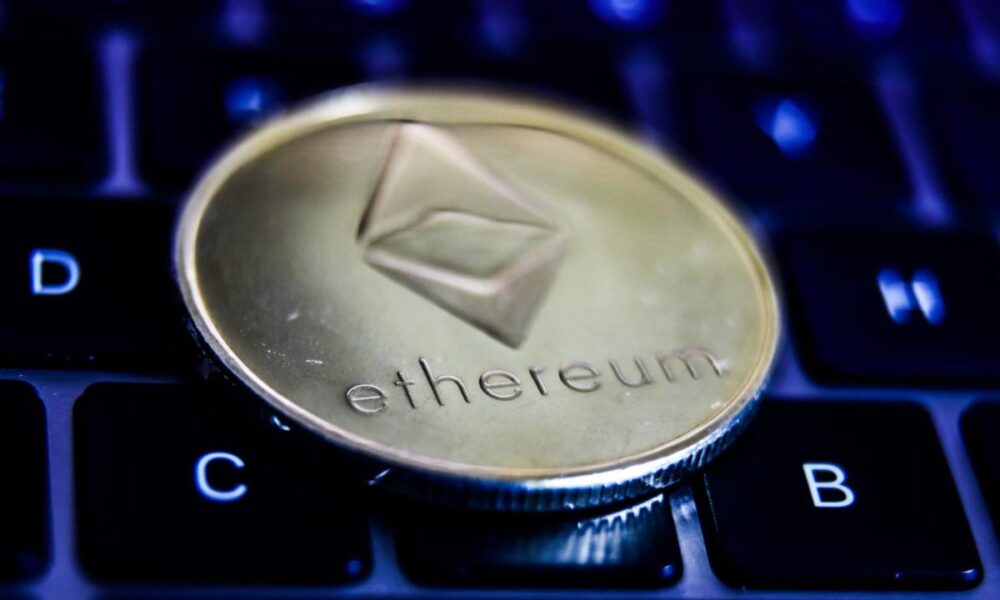Blockchain
MIT Graduates’ $25 Million Crypto Crime Highlights Ethereum’s Success

If you graduate from the Massachusetts Institute of Technology with elite computer skills, you can make a lot of money working for a tech company or even more so working on Wall Street. But if that doesn’t appeal to you and you want to get even richer, you can always try your hand at white-collar crime like twenty-something brothers Anton and James Peraire-Bueno. The pair hatched a scheme that allowed them to pocket $25 million in just 12 seconds. Unfortunately it ended badly, as the feds announced yesterday in a Press release which reads like a pulp novel.
“Unfortunately for Defendants, their alleged crimes were no match for Department of Justice prosecutors and IRS agents,” the Justice Department wrote. For good measure, the release quotes an officer as saying the crime was solved “with cutting-edge technology and old-fashioned detective work.”
Purple prose aside, the case involves impressive detective work, as well as a sophisticated explanation by Justice Department lawyers of a new type of alleged crime involving the Ethereum blockchain. The crime involves the arcane business of “Maximum Extractable Value,” or MEV, which involves packaging transactions into a block in a way that allows those building the blockchain to profit from others’ transactions.
Miners who build blockchains, of course, do not do so out of the goodness of their hearts. Instead, the process relies on incentives that allow miners, in the case of Bitcoin, Ethereum and other chains, to get a reward in the form of coins and transaction fees for adding a new block. When Ethereum moved to a new blockchain construction process known as proof-of-stake, however, it created new opportunities for miners to make money, including through front-running operations included in the blocks they package. This is what people mean by MEV. (Bitcoin investment company Riveras well as the Department of Justice criminal acthas a good explanation of exactly how it works).
MEV has been around for some time now, and while a number of people in the cryptocurrency world find it distasteful, it is not illegal, and in fact similar things happen in the world of traditional finance, such as the practice known as pay for order process. The Peraire-Bueno brothers, however, went a step further when they detected a bug in a popular software used to run MEVs. This allowed them to not just manage Ethereum users’ transactions, but tamper with them in a way that allowed them to steal from them outright.
All of this will likely attract renewed scrutiny of the murky MEV practice and could lead to calls for reform among the Ethereum public. As for Peraire-Bueno, the episode also proved that even MIT graduates are capable of old-fashioned stupidity. Not only were they caught, but the Justice Department also found evidence that they had conducted web searches on topics such as money laundering and how to get away with financial fraud. Don’t Google your crimes, people! In the end, the brothers can at least take comfort in the fact that it’s not just MIT graduates who are accused of cryptocurrency-related crimes: the school is also the alma mater of one Sam Bankman-Fried.
The story continues
Jeff John Roberts
jeff.roberts@fortune.com
@jeffjohnroberts
This story was originally featured on Fortune.com
